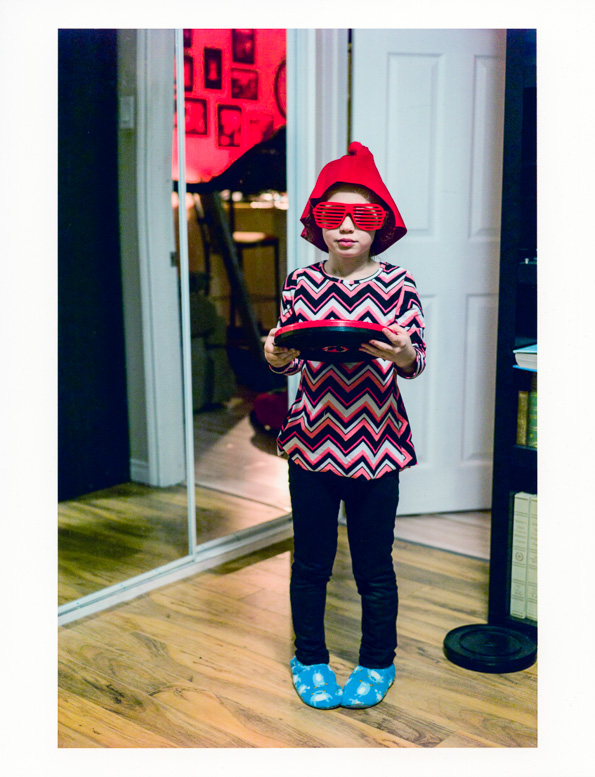Larry Cloetta
Veteran
I print at home up to 13x56 inch.
I used an Epson R2400 from 2005 until 2015 with no issues. Decided it was getting a bit long in the tooth (over 12,000 large prints equivalent) and bought the Epson P600. No issues again, I'm up to about a thousand prints with it. The inks are excellent, there are paper profiles for nearly any paper available, and the P600 can be used with USB, ethernet, or WiFi connections.
(My old R2400 I gave to a friend and she completed two major projects with it. The stepper motor controlling the paper feed finally died at that point, and wasn't worth repairing.)
I like having the ability to manipulate the printer and paper myself, something you cannot get with any print service. I haven't seen much in way of having to deal with "inevitable printer problems" as long as you keep the printer in use. Printers don't like to be left sitting for too long, that's all. Make a print or two a week and they stay happy for a long, long time.
Of course, if you're not going to make a print or two a week, it's probably more sensible to use a print service anyway.
G
Godfrey,
I am not being snarky here, it's an honest question, but what does one actually do with 13,000 prints? That kind of volume would make owning and dealing with a printer more cost and time effective than using a print service; I just have a hard time conceptualizing what you might be doing.
I am in a multi-year process of scanning many thousands of negatives and transparencies going back 70 years, for, I honestly don't even know what, printing, 8K viewing picture frame viewing, (posterity!!? lol), I don't know what, and have printed hardly anything in years, waiting until everything is "ready", then deciding what to do with either a printer of my own using the optimum tech which exists at that future time, or sending the best ones out to a calibrated print service, en masse. I will decide when I get there. If I die first, no one suffers. But, 13,000 prints, there must be end use options I have not considered, as I have wall space and cigar box issues which preclude that.


